November 29, 2024
Digital lending platforms are revolutionizing access to credit in emerging markets like those in Southeast Asia, and particularly in India, addressing the persistent credit gap and fostering economic growth.
The Credit Gap in Emerging Markets
Traditional banking in emerging economies is limited by infrastructure, high costs, and strict eligibility criteria, excluding many lower-income groups and small businesses. The International Finance Corporation (IFC) reports a $5.2 trillion financing gap for MSMEs globally, with a significant portion in emerging markets. In India, 190 million adults remain unbanked, and many small business owners rely on high-interest informal credit sources.
Digital Lending: A Technology Solution
Digital lending platformsuse technology to streamline lending, leveraging non-traditional financial data (e.g., mobile transactions, bill payments) and AI/ML for credit evaluation. This allows them to offer loans to individuals and small businesses typically denied by traditional banks, with quick approval and disbursement.
The Booming Digital Lending Market in India
India’s digital lending market is projected to grow at a CAGR of 22% from 2020 to 2030, reaching $515 billion (Boston Consulting Group – Digital Lending Market Outlook 2023-2030). Retrieved from. This growth is driven by smartphone penetration, internet access, and facilitated by digital public infrastructure supporting account aggregator, UPI etc.

A few Case Studies from Southeast Asia
- Indonesia: Platforms like Amartha connect rural entrepreneurs with urban investors, providing loans to over 400,000 MSMEs, focusing on women entrepreneurs.
- India: KreditBee, caters to young professionals and gig workers, offering loans ranging from ₹1,000 to ₹2 lakhs with quick disbursals through its AI-powered credit engine. They have served over 6 million borrowers, significantly impacting financial inclusion in Tier 2 and Tier 3 cities.
Economic Growth and Financial Inclusion
Digital lending promotes economic development by enabling investments in growth activities, leading to job creation and higher incomes. Financial inclusion can increase GDP by up to 3% in developing economies. In India, MSMEs contribute 30% to GDP and employ over 110 million people, yet face a credit gap of about INR 16.6 trillion (~USD 200 billion) according to PIB.
Challenges and the Road Ahead
Challenges include regulatory scrutiny, data security, and high default risks. India and Southeast Asian countries are developing regulatory frameworks to ensure transparency, fair practices, and consumer protection. The future outlook of digital lending in emerging markets is more promising than ever, with continued innovation in credit risk modelling, greater formalisation of economy and partnerships with traditional financial institutions.

